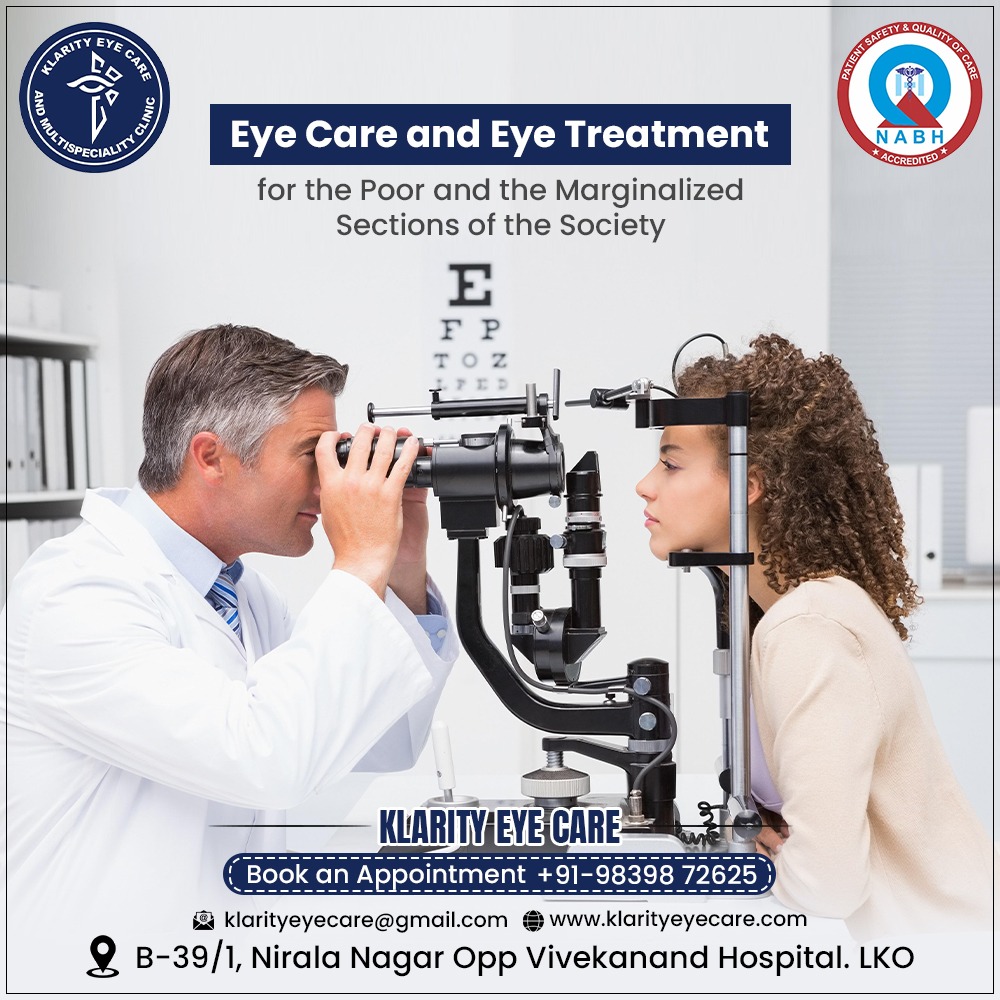For food and beverage manufacturers, ensuring ingredient safety is a top priority—and a regulatory requirement. The FDA GRAS Notification process offers a clear pathway to demonstrate that a substance is Generally Recognized As Safe (GRAS) by the U.S. Food and Drug Administration. Successfully submitting a GRAS notification not only establishes compliance but also provides the credibility needed for confident market entry and consumer trust.
What Is an FDA GRAS Notification?
The GRAS Notification is a voluntary submission to the FDA where manufacturers or developers provide evidence that an ingredient is safe for its intended use. GRAS status means the ingredient has been reviewed by qualified experts or has a history of safe use in food. While companies are not required to notify the FDA of a GRAS determination, doing so ensures transparency and strengthens regulatory confidence.
Why Submit an FDA GRAS Notification?
Submitting a GRAS Notification offers multiple benefits:
- Regulatory Assurance: An FDA-reviewed GRAS determination confirms compliance with safety regulations.
- Market Credibility: FDA recognition provides a competitive edge, reassuring consumers and stakeholders of your ingredient’s safety.
- Legal Protection: Submitting a notification reduces the risk of regulatory challenges or product recalls.
The FDA GRAS Notification Process
The process of submitting a GRAS notification involves several critical steps:
- Data Collection and Analysis:
Compile comprehensive evidence, including:- Scientific studies on safety and toxicity
- Historical usage data
- Expert evaluations supporting the ingredient’s safety
- Drafting the GRAS Notification:
The notification includes:- A detailed description of the ingredient
- Its intended uses in food
- Safety assessment findings and data sources
- Submission to the FDA:
Once complete, the GRAS notification is submitted to the FDA for review. The agency evaluates the evidence to determine whether the ingredient meets GRAS standards. - FDA Response:
After reviewing the notification, the FDA provides feedback, often in the form of a “no-objection letter,” signaling acceptance of the GRAS determination.
Common Challenges in GRAS Notification
The GRAS Notification process can be complex and time-consuming. Common challenges include:
- Insufficient safety data or incomplete submissions
- Misalignment of ingredient use with GRAS standards
- Navigating FDA regulatory requirements
Working with regulatory specialists can streamline the process and help address potential hurdles.
How FDA Regulatory Specialists Can Help
Partnering with experienced FDA regulatory experts can significantly simplify the GRAS Notification process. These professionals:
- Assess the ingredient’s compliance potential
- Guide data collection and safety evaluation
- Draft and submit a robust GRAS notification package
- Provide ongoing support during FDA review
Conclusion
The FDA GRAS Notification process is an essential step for companies introducing new food ingredients. By successfully submitting a GRAS notification, businesses ensure regulatory compliance, gain FDA recognition, and build consumer trust.
For those navigating the complexities of FDA GRAS compliance, regulatory specialists can offer invaluable guidance, ensuring a smooth journey from concept to market entry. Confidently position your ingredient for success—start your GRAS Notification process today.

